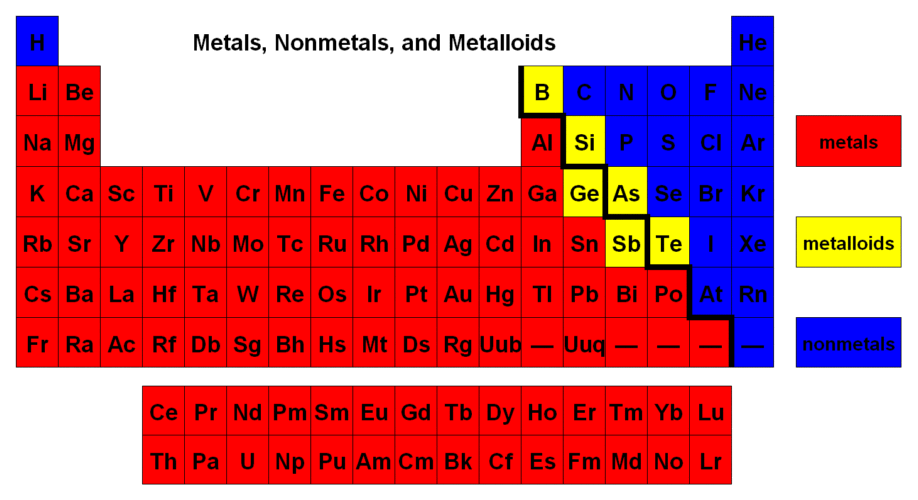Lecture 1

Back to Basics!

Basic unit of elements
1. protons (+) and neutrons (-) make up the nucleus
2. electrons (-) travel around outer shells
3. protons and electrons are attracted to one another
Ions are charged atoms
Atoms form molecules

All atoms of an element have the same number of protons
Isotopes are two atoms of an element that have the same number of protons, different number of neutrons.
Radioactive isotopes decay spontaneously, giving off particles and energy.
Example: Doubly Labeled Water

Elements
Definition: Pure chemical substances consisting of one type of atom distinguished by its atomic number (the number of protons in its nucleus)
Three types of elements
1. metals (ex. Na)
2. metalloids (ex Si)
3. non-metals (ex. Cl)


*chemical behavior is determined by distribution of e- in valence shell*
Eight Essential Elements
Nitrogen (N)
Phosphorus (P)
Sodium (Na)
Potassium (K)
Calcium (Ca)
Magnesium (Mg)
Sulfur (S)
Chlorine (Cl)
Trace Elements (minor essential):
There are tons, but the most common trace elements are Selenium (Se), Chromium (Cr), Manganese (Mn) and Molybdenum (Mo)
Electronegativity: the ability of an atom to attract (pull) electrons towards itself.
Affected by:
- atomic number (protons)
- distance of valence electrons from nucleus


Valence electrons (yellow dots) are in the valence (outermost) shell.
-
the chemical behavior of atoms is mostly determined by valence e-
-
atoms with incomplete valence shells can share (covalent) or transfer (ion) with other atoms
-
held together by chemical bonds
-
valence shell has the highest energy levels. Energy levels in shells decrease as you get closer to the nucleus

Molecular Shape and Function
Shape is determined by position of the atoms valence orbitals
Similar shape = similar biological function
Interaction occurs based on molecular shape
Chemical Bonds
1) Covalent
-
strongest bonds
-
seen in organic molecules such as carbon
-
atoms SHARE electrons
-
non polar: atoms share electrons equally (ex H2)
-
polar: atoms share electrons unequally, has charged "poles" (ex H2O)
-
2)Ionic
-
atoms TRANSFER electrons
-
resulting ions are attracted to one another
-
ionic molecules are soluble in water
3)Intramolecular Forces
Hydrogen Bonds
-
H atom covalently bonded to an N, O, or F atom
-
polar H bonds are water soluble
Van Der Waals Interactions
-
e- distributed asymmetrically can result in "hot spots" of positive or negative charge"
-
VDW interactions are attractions between molecules that are close together as a result of these charges .

1)

2)

3)
Chemical Reactions Make and
Break Chemical Bonds

Water
The Universal Solvent
Solution - liquid that is a homogenous mixture of substances
Solvent - dissolving agent
Solute - substance that is dissolved
Water is a versatile solvent due to its polarity, which forms H bonds easily

Heat and Temperature
Kinetic Energy - energy of motion
Heat - total amount of kinetic energy used due to molecular motion
Temperature - measures the intensity of heat due to average kinetic energy
Calorie - amount of heat required to raise the temperature of 1g or water by 1°C
Specific heat - heat absorbed or lost for 1g of a substance to change temperature by 1°C
